Chatzivasileiou Chrysa, “I ergatia mas kai i dimokratia” [Our Workers and Democracy], KOMEP, no. 35 (3/1945), pp. 16 -19
Chatzivasileiou Chrysa, “Oi Ellinides sto Dekemvri” [The Greek women in December], KOMEP, f. 44(12/1945), pp. 11-14
Chatzivasileiou Chrysa, “Palia provlimata se kainouria fasi” [Old problems in a new phase], KOMEP, no.f.34 (2/1945), pp. 2-4.
Chatzivasileiou Chrysa, To kommounistiko komma Elladas kai to gynaikeio zitima [The Communist Party of Greece and the women’s question], Central Committee of KKE, Athens 1946
Hatzis Thanasis, I nikifora epanastasi pou chathike [The victorious revolution that was lost], Papazisis, Athens 1977.
Karagiorgi Maria, Mechri tin apodrasi [Until the escape], Fytrakis, Athens 1989
Kotsaki Margarita, Mia zoi gemati agones [A life full of struggles], Synchroni Epochi [Modern Times], Athens, 1987
Partsalidou Avra, Anamniseis apo tin zoi tis OKNE [Memories of the life of the OKNE], Synchroni Epochi [Modern Times], Athens 1976
Roussos P., I megali pentaetia [The Great Five Years], Athens 1978
“I Dido Sotiriou kai to gynaikeio kinima. Me enoiaze na kano zoi” [Dido Sotiriou and the women’s movement. I cared about “making life”], Ios tis Kyriaki, Eleftherotypia [Freedom of the Press], 3/10/2004.
“To deftero synedrio tis Pagkosmias Dimokratikis Omospondias Gynaikon” [Women’s International Democratic Federation], ed. WGEW, 1948.


![Portrait of the leading member of the KKE, Petros Roussos, husband of the Greek politician, leading member of the left, Chrysa Chatzivasileiou (1904-1950) (ASKI Library, Illustration of the book by Petros Roussos, I Megali Pentaetia [The Great Five Years], Athens 1978)](https://aski.gr/wire/wp-content/uploads/2024/03/ASKI_Hatzivasiliou_02.jpg)
![Cover of the theoretical magazine of the Communist Party of Greece (KKE), Kommounistiki Epitheorisi [Communist Review], 1934 (ASKI Library)](https://aski.gr/wire/wp-content/uploads/2024/03/ASKI_Hatzivasiliou_03.jpg)
![Photograph of political communist exiles on the island of Kimolos, 1938. In the top row, third from the right, the Greek politician, leading member of the left, Chrysa Chatzivasileiou (1904-1950) (Illustration of the book by Margarita Kotsaki, Mia zoi gemati agones [A life full of struggles], ASKI Library)](https://aski.gr/wire/wp-content/uploads/2024/03/ASKI_Hatzivasiliou_04.jpg)
![Photograph of political communist exiles in Kimolos, 1939. Second from the right is the Greek politician, leading member of the left, Chrysa Chrysa Chatzivasileiou (1904-1950). Next to her, her husband Petros Roussos (Illustration from the book by Maria Karagiorgis, Mechri tin apodrasi [Until the escape], ASKI Library)](https://aski.gr/wire/wp-content/uploads/2024/03/ASKI_Hatzivasiliou_05.jpg)
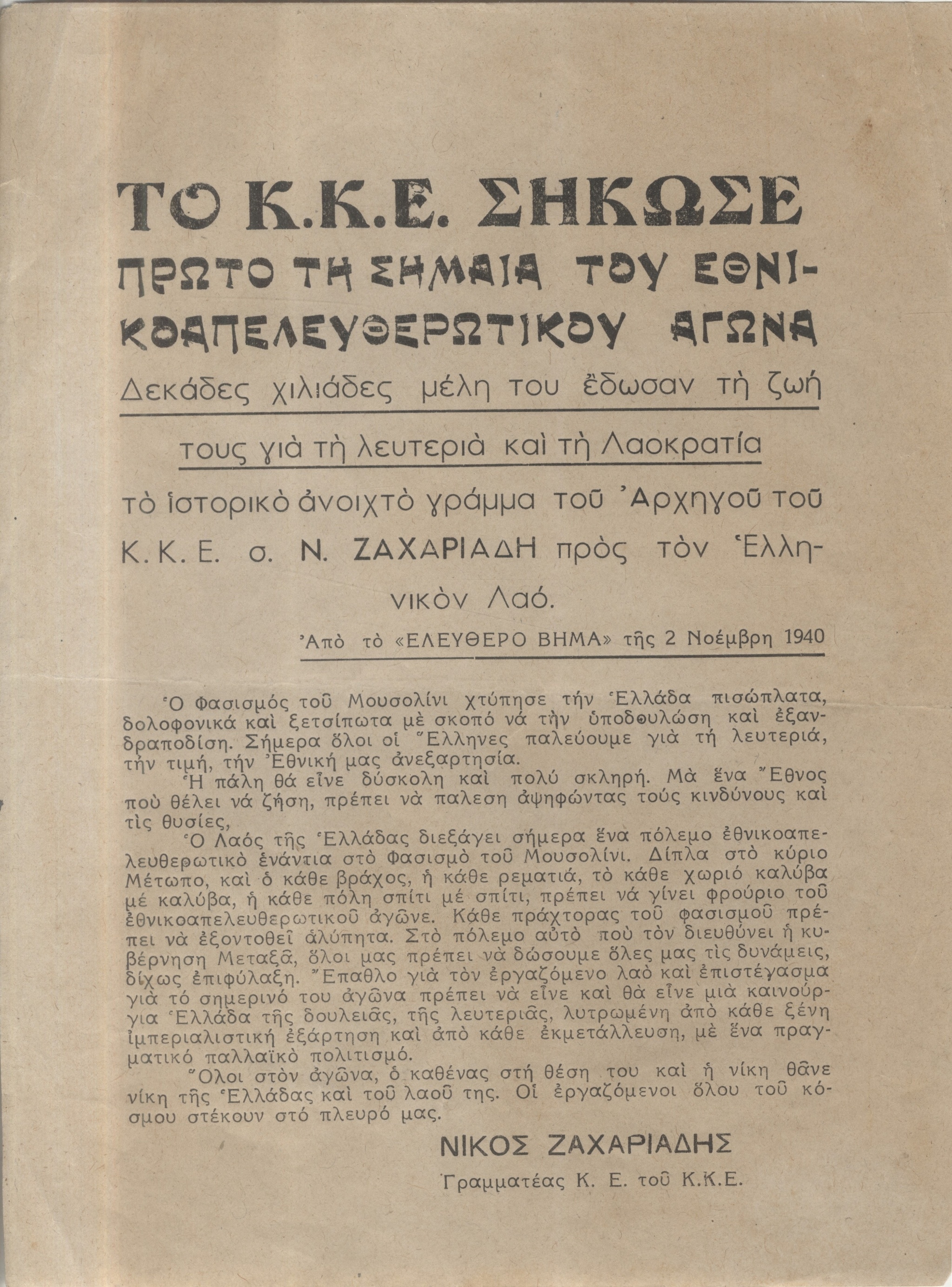
![Greece World War II. The resistance movement that develops in the country has a large participation of women. The illegal women's newspaper Foni tis Gynaikas [Voice of Woman], 3/8/1943 was published by the women's organization of the National Liberation Front (EAM) in Piraeus (ASKI Library)](https://aski.gr/wire/wp-content/uploads/2024/03/ASKI_Hatzivasiliou_07.jpg)
![Greece World War II. A large resistance movement develops in Greece. In the elections (4/1944), organized by the Political Committee for National Liberation (PEEA), in free Greece, women vote and are elected for the first time, Photograph by the Greek resistance photographer Spyros Meletzis Album of Spyros Meletzis, Me tous antartes sta vouna [With the partisans in the mountains], ASKI Library)](https://aski.gr/wire/wp-content/uploads/2024/03/ASKI_Hatzivasiliou_08.jpg)
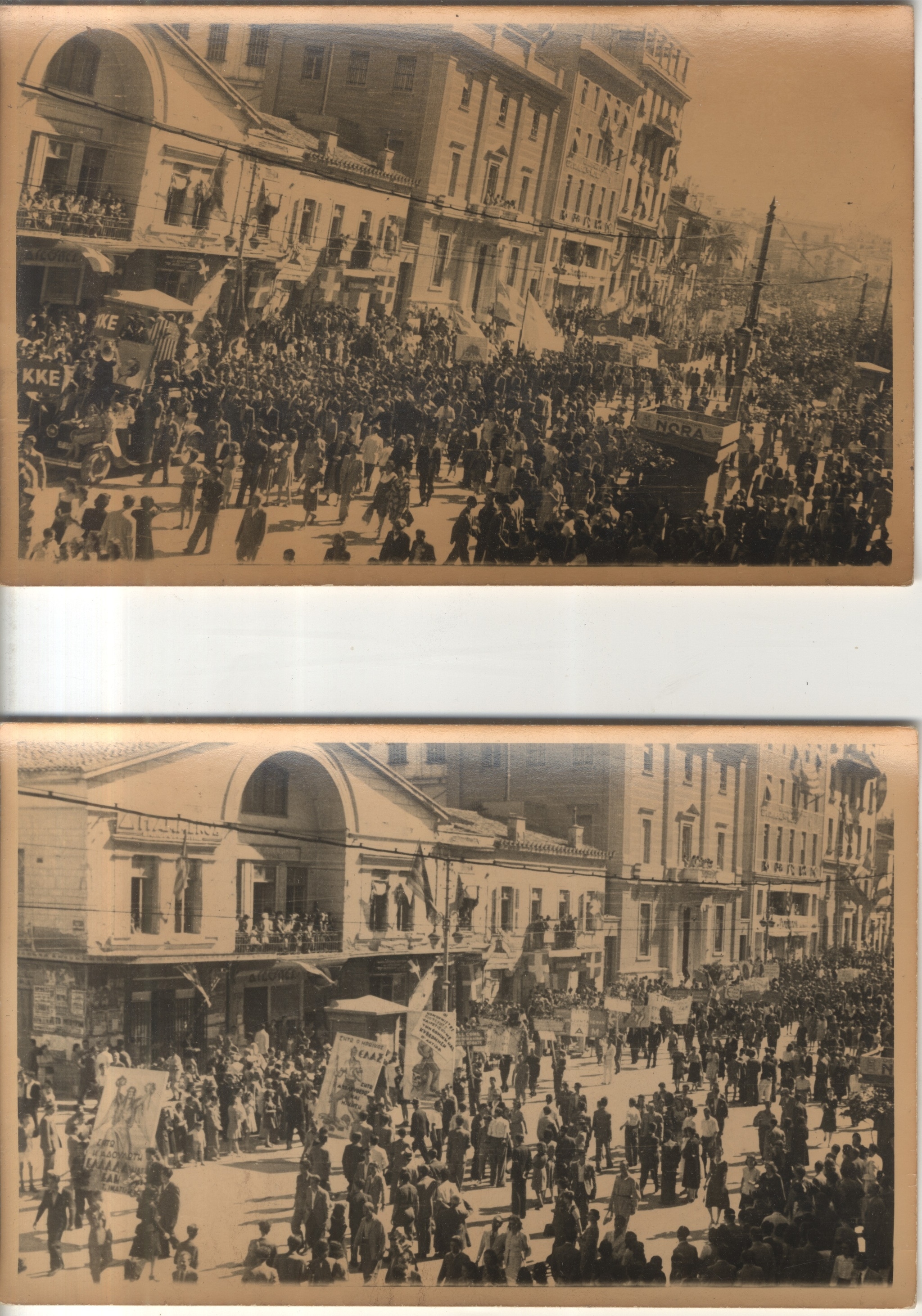
![Cover of the book by Chrysa Chatzivasileiou (1904-1950), Greek politician, leading member of the left, entitled To KKE kai to gynaikeio zitima [The KKE and the women's question], Athens 1946 (ASKI Library) - ASKI](https://aski.gr/wire/wp-content/uploads/2024/03/ASKI_Hatzivasiliou_010.jpg)
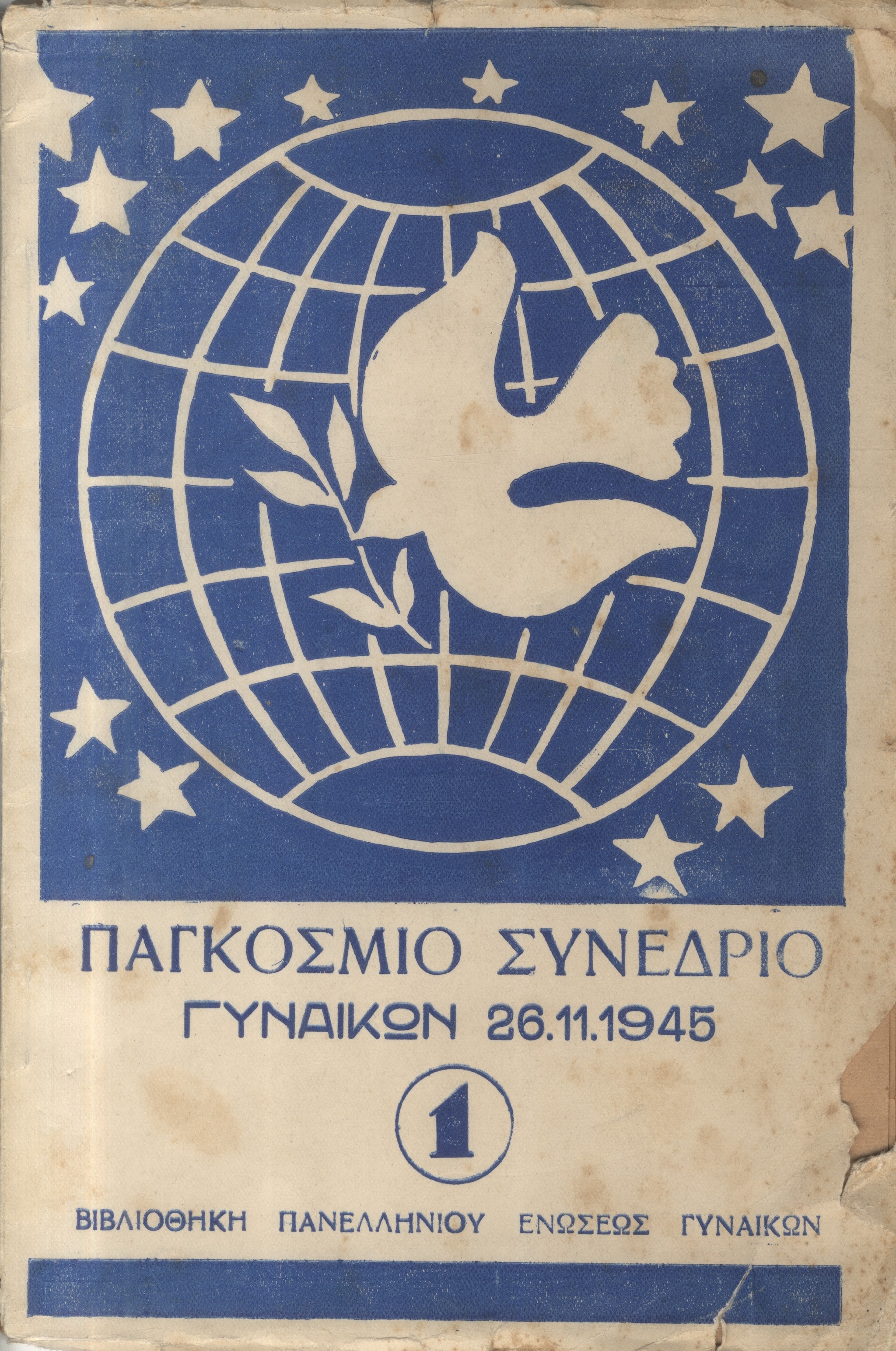
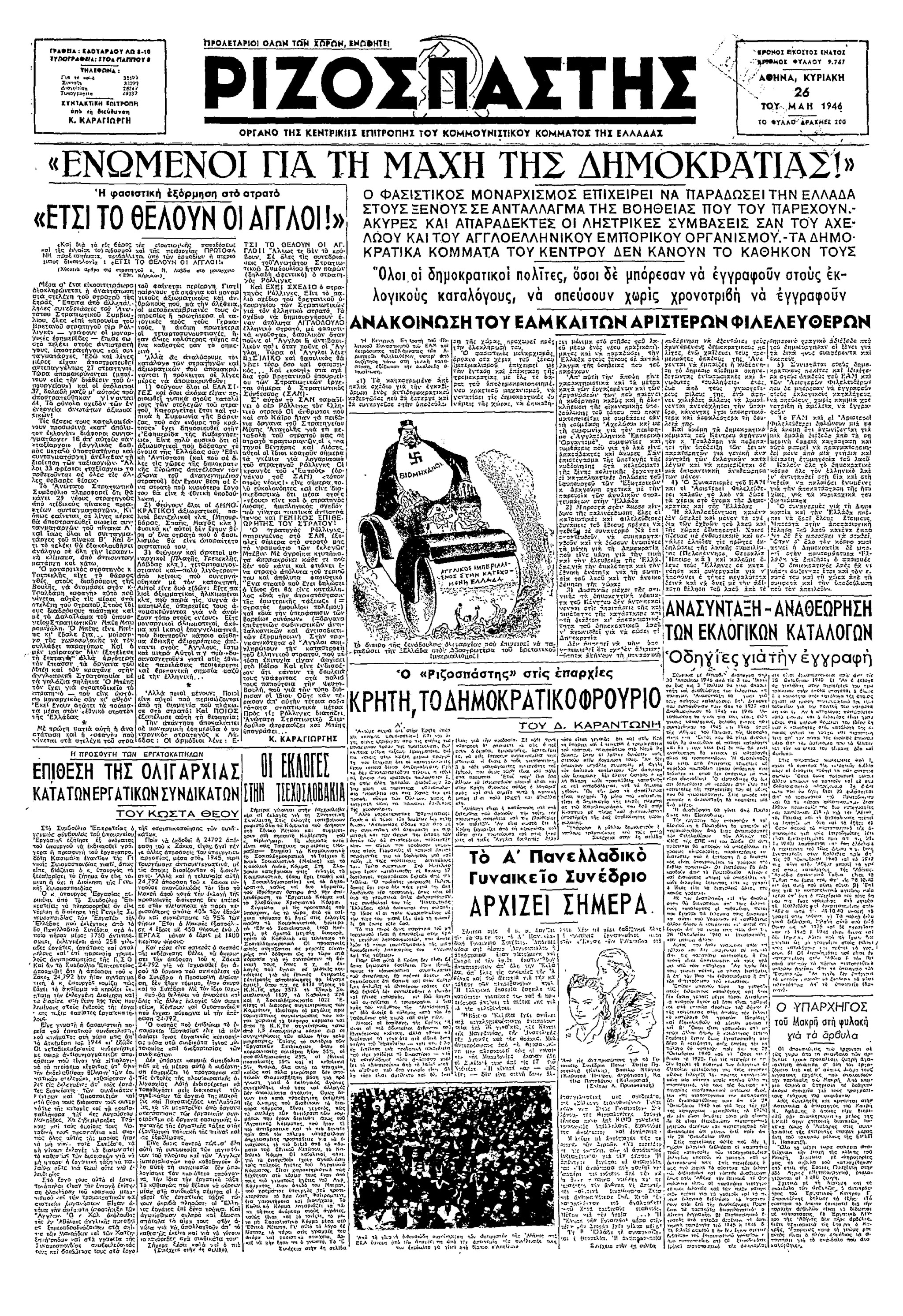
![Greece - Civil War (1946-1949). Front page of the women's newspaper published by the Greek women fighters of the Democratic Army of Greece (DSE) entitled Machitria [Female fighter]. In this issue the foundation of the Panhellenic Democratic Union of Women (PDEG), the women's organization of the Communist Party of Greece (KKE), was announced. (ASKI Library)](https://aski.gr/wire/wp-content/uploads/2024/03/ASKI_Hatzivasiliou_013.jpg)
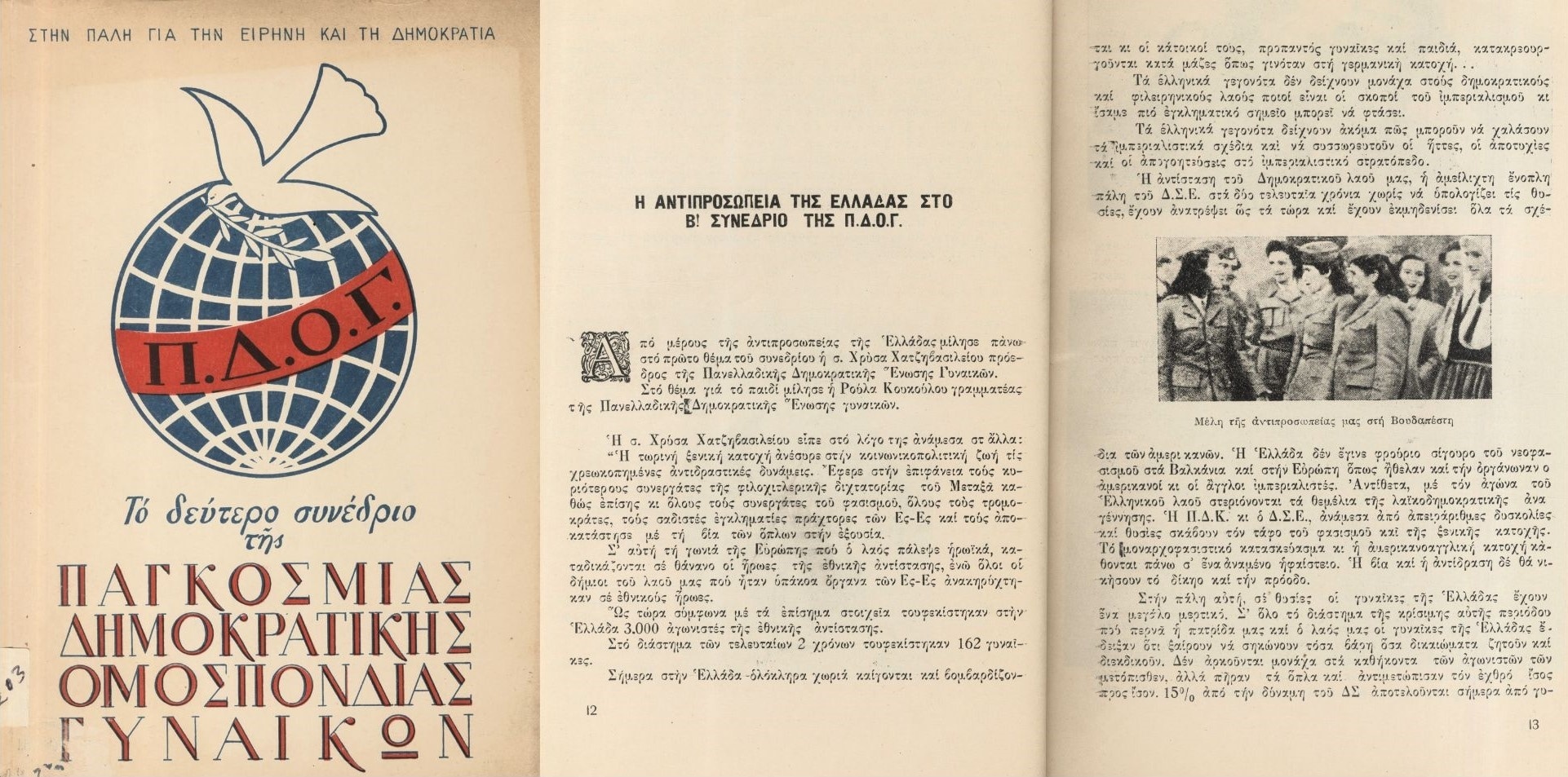
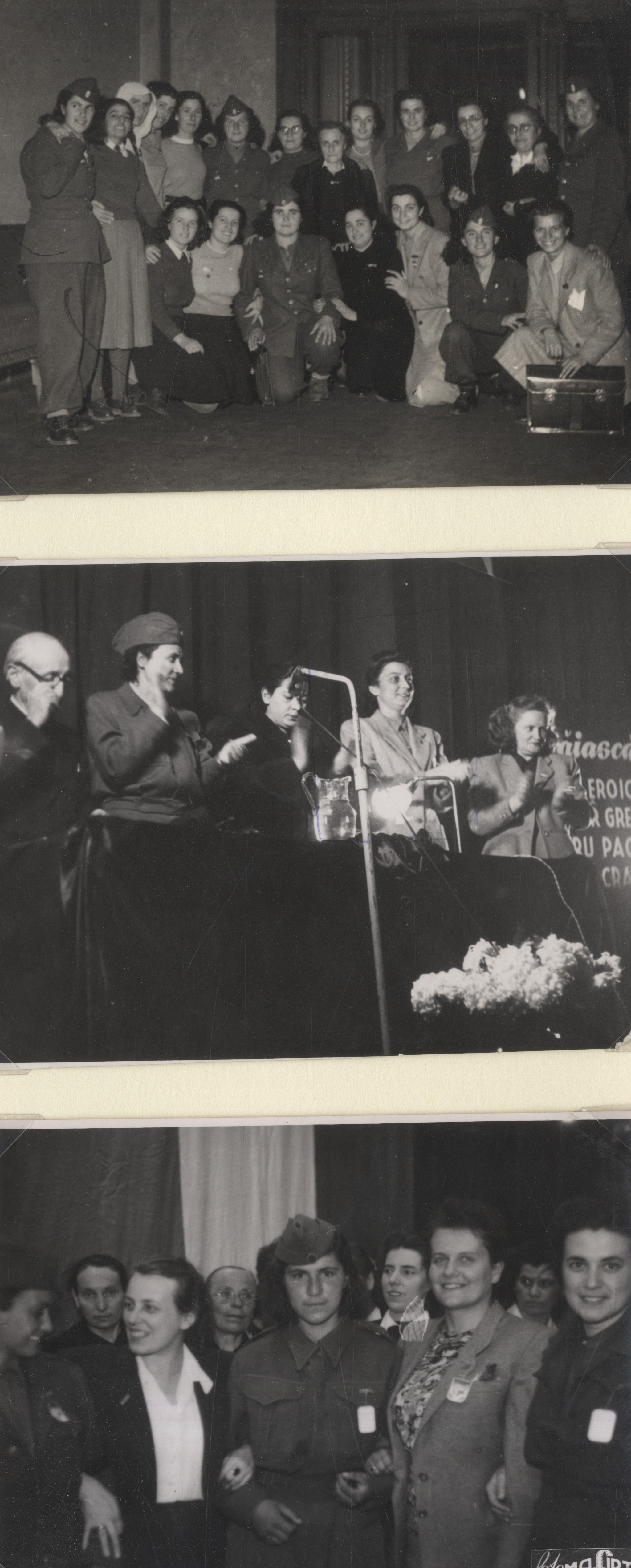
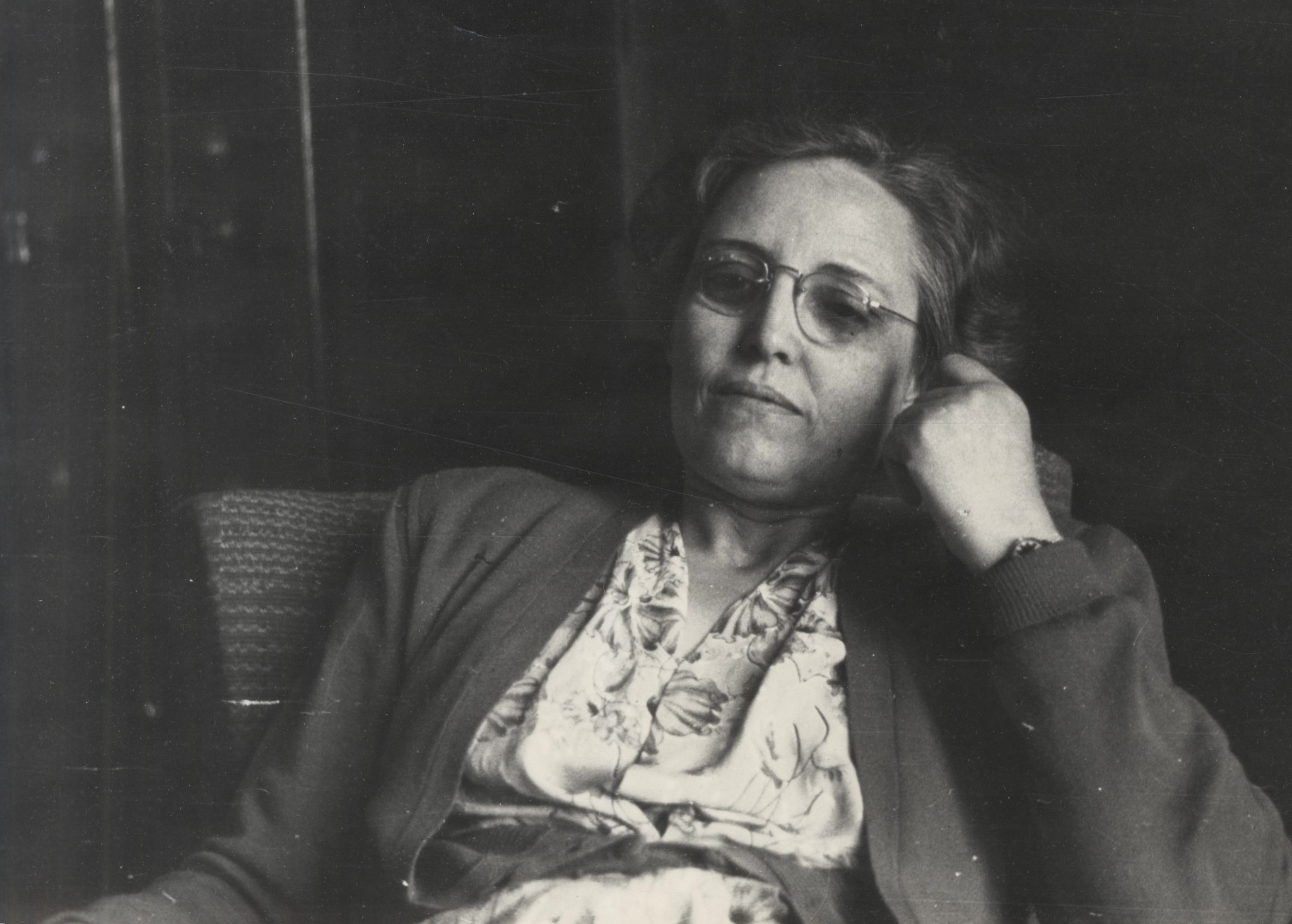
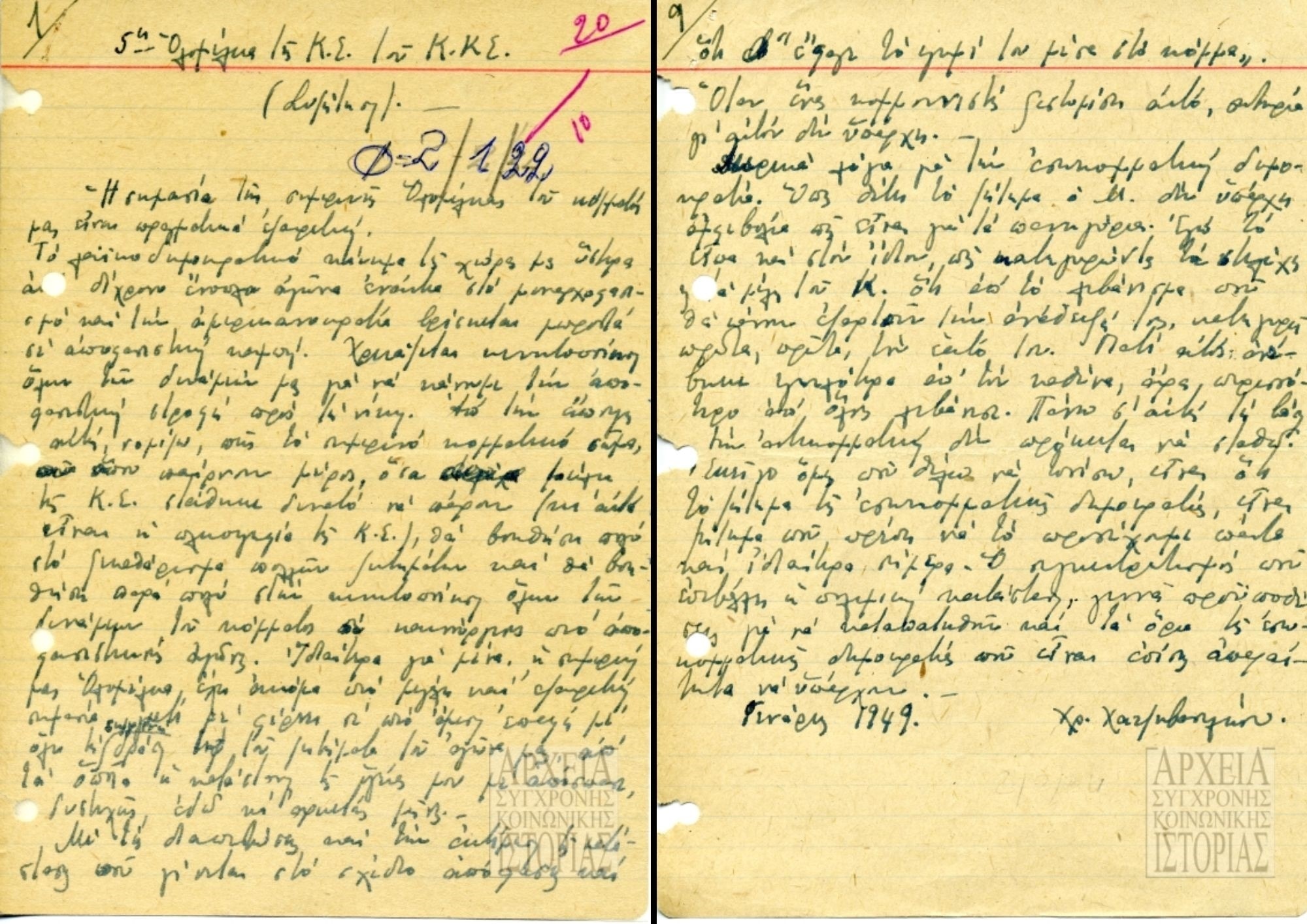
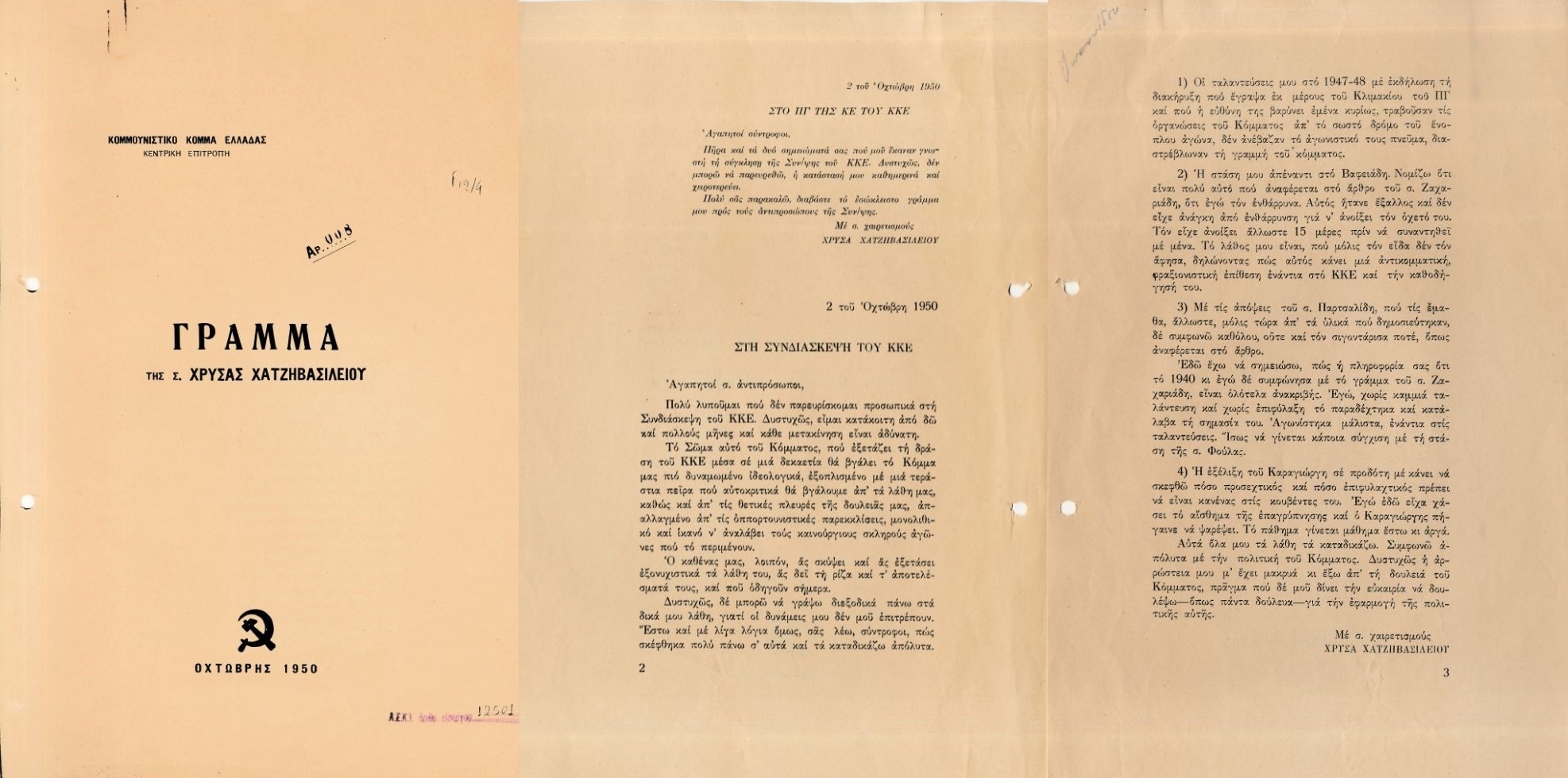
![Publication of the women's magazine Foni tis Gynaikas [Voice of Woman] on the death of Chrysa Chatzivasileiou (1904-1950), a Greek politician and leading member of the Communist Party of Greece (KKE) (12/1950) (ASKI Library)](https://aski.gr/wire/wp-content/uploads/2024/03/ASKI_Hatzivasiliou_019.jpg)